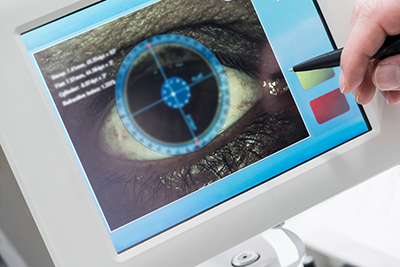 Healthcare is an ever-evolving field. Every day, hospitals bring in new technologies as they say goodbye to inefficient and outdated processes. Innovation is vital in every realm, but it’s especially critical in healthcare. In healthcare, innovation saves lives.
Healthcare is an ever-evolving field. Every day, hospitals bring in new technologies as they say goodbye to inefficient and outdated processes. Innovation is vital in every realm, but it’s especially critical in healthcare. In healthcare, innovation saves lives.
In this post, we’re going to present three examples that show how innovations in machine vision and AI are positively affecting healthcare.
Identifying Markers of Neurological Illnesses
People suffering from strokes and aneurysms don’t have time on their side. Contrarily, these patients are in a race against time. The quicker a doctor identifies their condition, the greater chance they have of living and making a full recovery.
It takes doctors an average of three minutes to manually read and understand a CT scan. While three minutes may not sound like a lot of time, it can prove to be the difference between life and death for a patient.
Using computer vision, doctors and scientists working in the Mount Sinai AI Consortium were able to read a CT scan in 1.2 seconds. With this hurried process, patients may be given a second chance at life.
Measuring Blood Loss During Childbirth
Post-partum hemorrhaging is one of the biggest killers of mothers giving birth. As part of the procedure, doctors measure the amount of blood a mother losing during childbirth. But, given the stressful and fast-paced nature of childbirth procedures, doctors often underestimate or overestimate the amount of blood loss.
Doctors at Orlando Health Winnie Palmer Hospital for Women & Babies are now using computer vision to measure the exact amount of blood a mother loses. That way, doctors and nurses can respond appropriately to the needs of the mother.
Aiding Clinical Trials
Before a drug is released to the public, drug companies must administer clinical trials to willing patients. These businesses often use qualitative and quantitative data to calculate the effectiveness of the drug. Given the biases of humans though, the data isn’t always accurate.
Now, companies can use AI to measure the drug’s effects on a patient in real-time. With AI, the margin of error decreases, which can speed clinical trials and help critical drugs get to the market sooner.
Phase 1 supplies a variety of sensors that can prove invaluable in medical contexts. Check them out today on our website.
